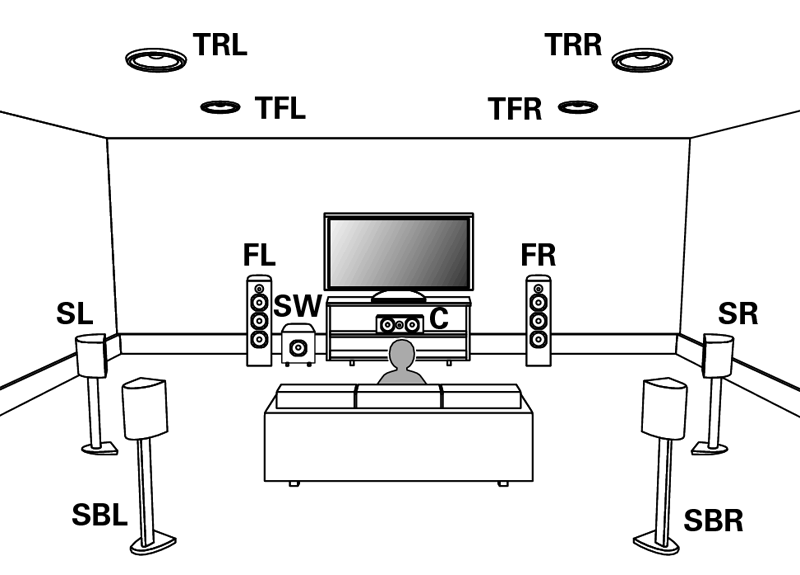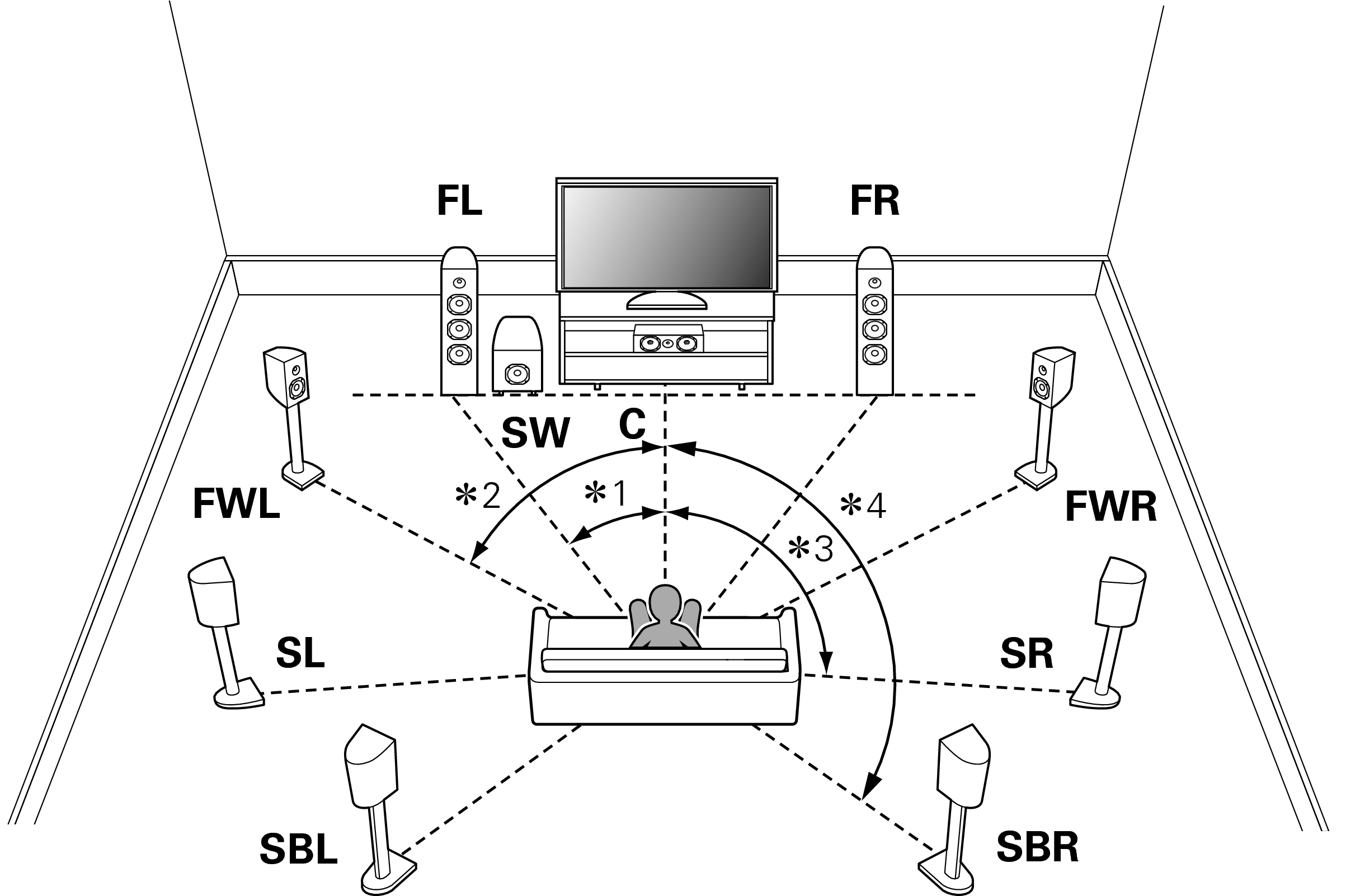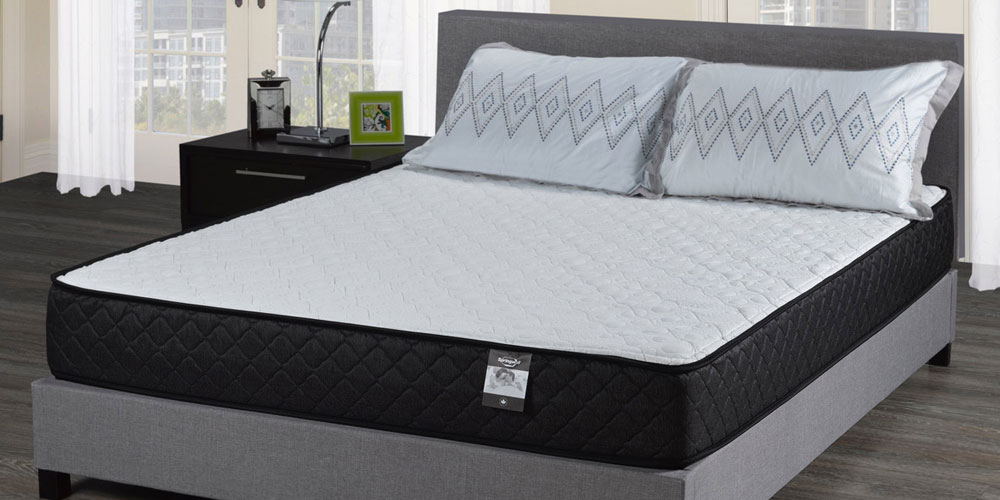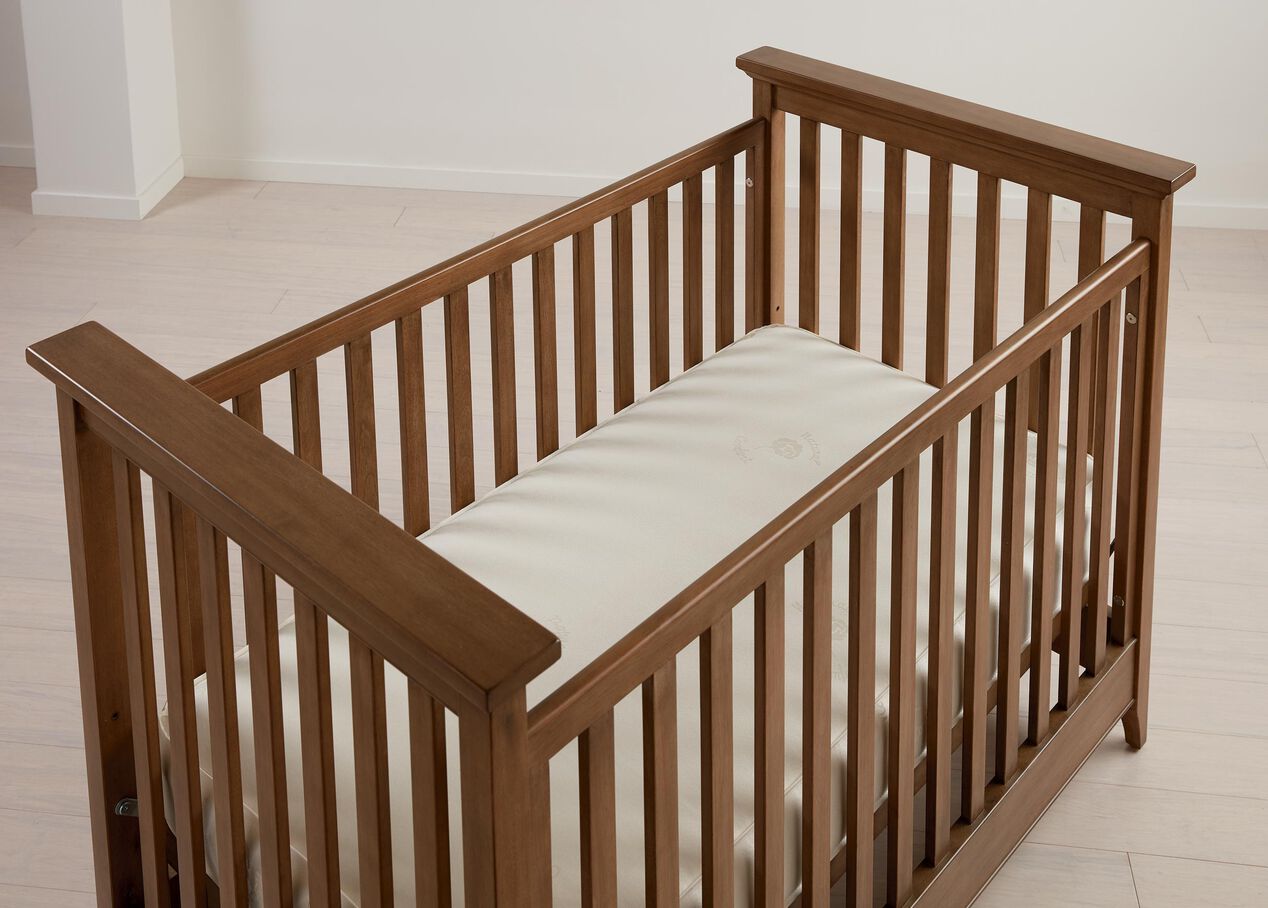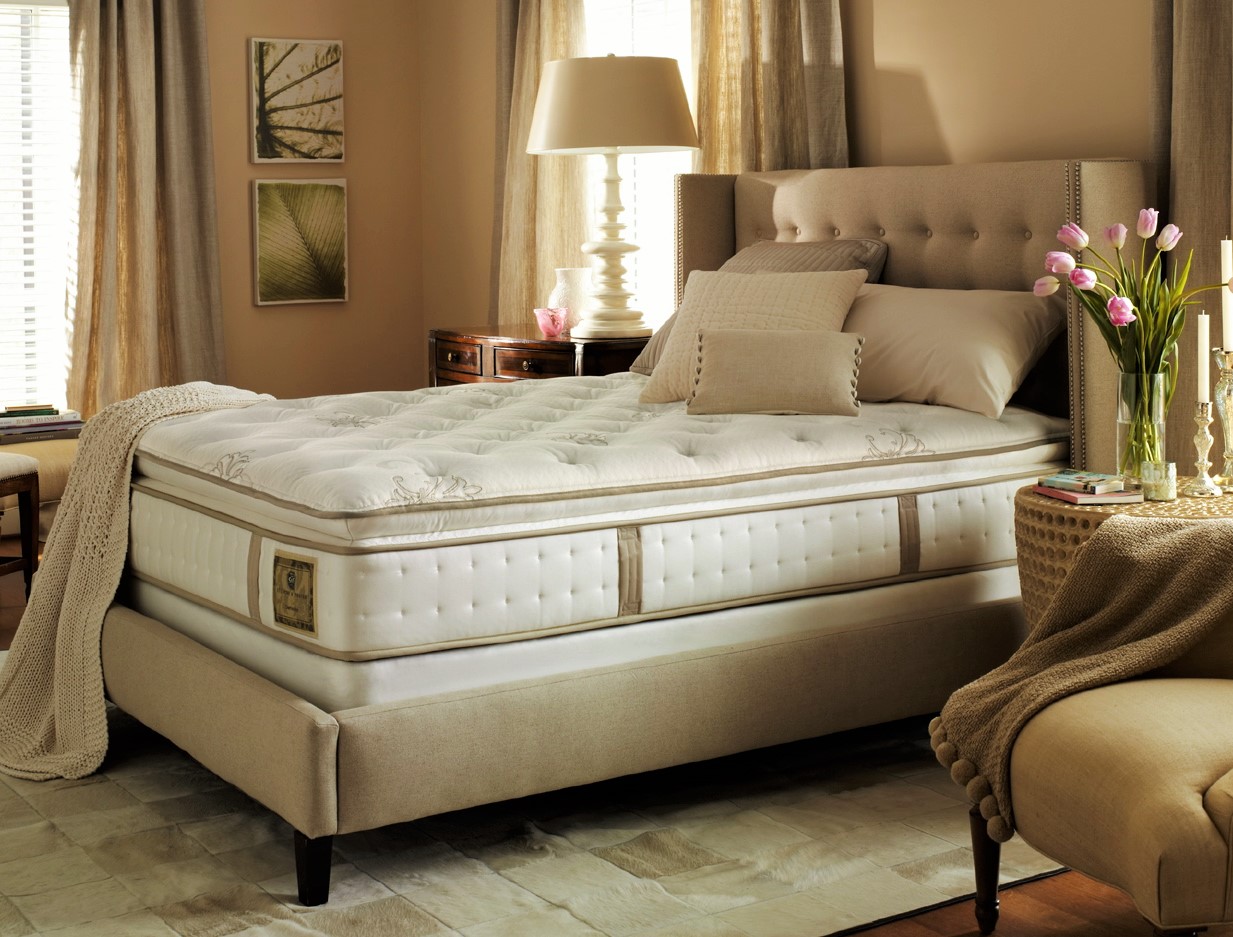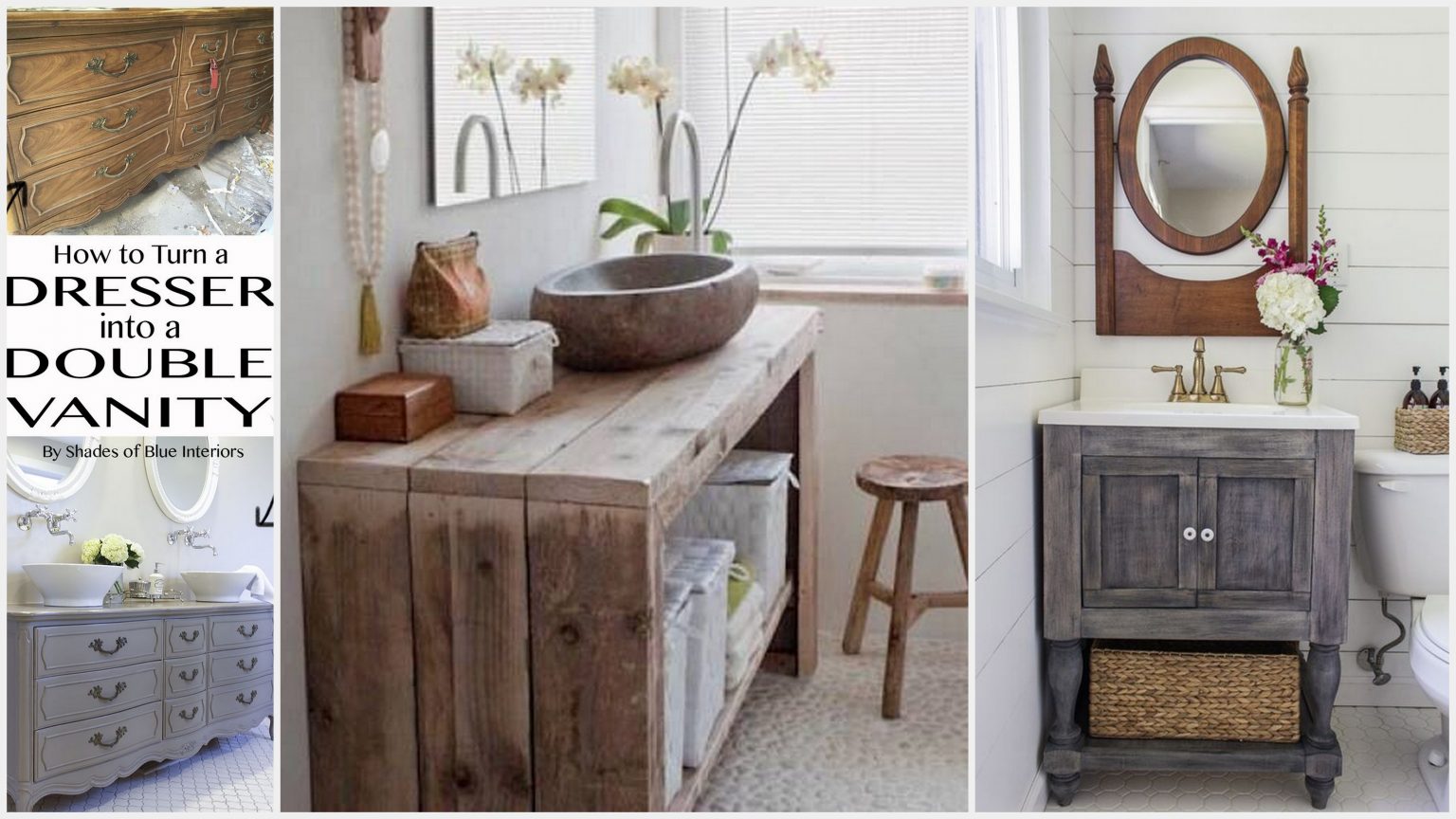When setting up stereo speakers in your living room, the first thing to consider is the placement of your speakers. This can greatly affect the overall sound quality and experience of your home audio system. Proper speaker placement is crucial in achieving the best sound possible in your living room. The general rule of thumb is to place your speakers at ear level and equidistant from each other for balanced sound distribution.Speaker Placement
If you want to take your home audio system to the next level, consider setting up a surround sound system in your living room. This involves adding additional speakers to create a more immersive listening experience. With a surround sound setup, you can feel like you're part of the action in your favorite movies and TV shows. When setting up your surround sound system, be sure to follow the manufacturer's instructions for optimal placement and calibration.Surround Sound Setup
Speaker calibration is the process of adjusting the settings on your speakers to achieve the best sound quality. This is an important step in setting up stereo speakers in your living room to ensure that you are getting the most out of your audio system. Many modern speakers come with built-in calibration tools, but you can also use a sound meter to fine-tune the settings manually. It's recommended to calibrate your speakers every time you move or adjust their placement.Speaker Calibration
When setting up your stereo speakers, it's important to pay attention to the wiring. This includes using the right type of wire and connecting them properly to your audio system. Using the correct wire gauge and ensuring secure connections can greatly improve the sound quality and prevent any potential hazards. It's also recommended to keep your speaker wires away from any electrical wires to avoid interference.Speaker Wiring
The acoustics of your living room can greatly affect the sound quality of your speakers. Hard surfaces such as wood or tile can cause sound to bounce around, creating echoes and distortion. To improve the acoustics in your living room, you can add soft furnishings such as curtains, rugs, and furniture to absorb excess sound and create a more balanced listening environment.Room Acoustics
If you don't have enough space to place your speakers on a shelf or table, consider investing in speaker stands. These can help elevate your speakers to ear level and provide a stable base for optimal sound projection. When choosing speaker stands, be sure to consider the weight and size of your speakers to ensure they can support them properly.Speaker Stands
There are many resources available online that provide detailed guides on how to properly place your speakers in a living room setting. These guides take into account factors such as room size, speaker type, and listening position to help you achieve the best sound possible. Be sure to consult a reputable source for accurate and helpful information on speaker placement.Speaker Placement Guide
When setting up your stereo speakers in your living room, here are a few tips to keep in mind:Speaker Setup Tips
For a visual representation of speaker placement, you can refer to a speaker placement diagram. This can help you visualize how to position your speakers for optimal sound distribution and balance in your living room. Be sure to use a diagram that is specific to your speaker type and room size for the most accurate placement.Speaker Placement Diagram
To ensure that you have all the necessary steps covered when setting up your stereo speakers in your living room, here is a helpful checklist:Speaker Setup Checklist
Optimizing Sound Quality with Proper Speaker Placement

Maximizing Your Listening Experience
 When it comes to setting up
stereo speakers
in your living room, proper placement is key to achieving the best sound quality and overall listening experience. Even the most expensive and high-end speakers will not sound their best if they are not positioned correctly. By taking the time to carefully plan and position your speakers, you can create an immersive and balanced sound that will enhance your enjoyment of music, movies, and TV shows.
When it comes to setting up
stereo speakers
in your living room, proper placement is key to achieving the best sound quality and overall listening experience. Even the most expensive and high-end speakers will not sound their best if they are not positioned correctly. By taking the time to carefully plan and position your speakers, you can create an immersive and balanced sound that will enhance your enjoyment of music, movies, and TV shows.
Consider Your Room's Layout
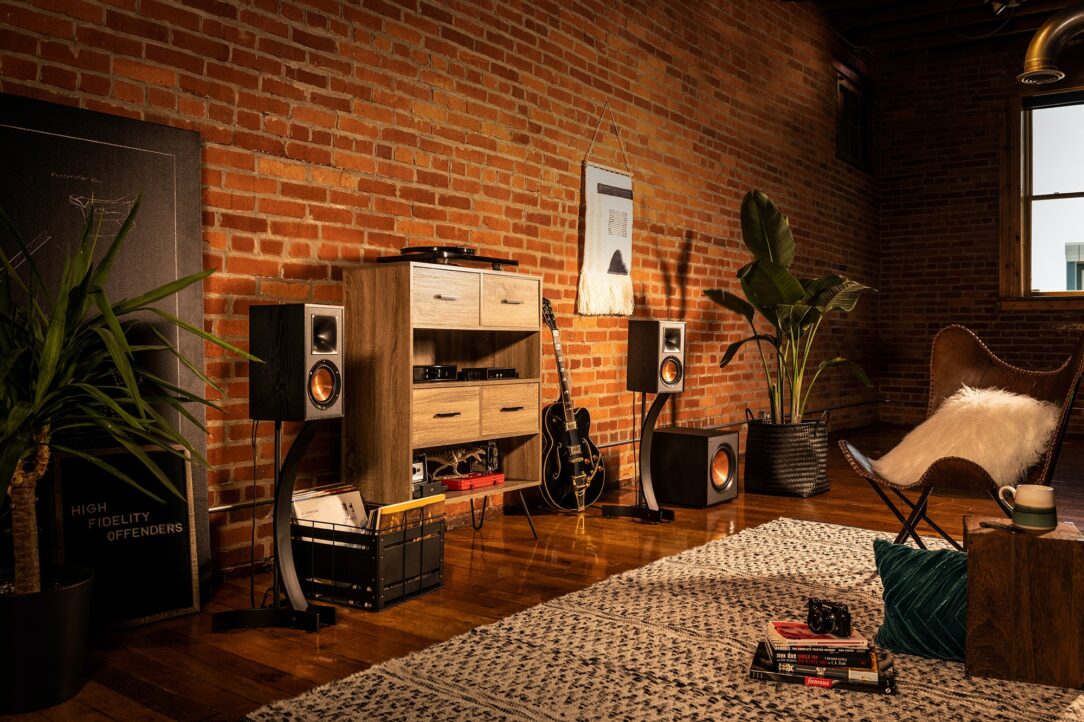 Before you begin placing your speakers, it's important to take into account the layout of your living room. Is it an open floor plan or a more traditional closed-off space? Are there any large pieces of furniture or objects that may block or reflect sound? These factors will impact your speaker placement and should be considered when planning your setup.
Before you begin placing your speakers, it's important to take into account the layout of your living room. Is it an open floor plan or a more traditional closed-off space? Are there any large pieces of furniture or objects that may block or reflect sound? These factors will impact your speaker placement and should be considered when planning your setup.
Follow the Triangle Rule
 When setting up your speakers, a good rule of thumb is to create an equilateral triangle between the two speakers and the main listening area. This ensures that the sound is evenly distributed and provides a balanced listening experience. The distance between the speakers should also be equal to the distance from the speakers to the main listening area.
When setting up your speakers, a good rule of thumb is to create an equilateral triangle between the two speakers and the main listening area. This ensures that the sound is evenly distributed and provides a balanced listening experience. The distance between the speakers should also be equal to the distance from the speakers to the main listening area.
Avoid Placing Speakers in Corners
 While it may seem like a logical spot, placing your speakers in the corners of the room can actually distort the sound and create unwanted bass buildup. Instead, aim to place your speakers at least a foot away from any walls to allow for better sound dispersion.
While it may seem like a logical spot, placing your speakers in the corners of the room can actually distort the sound and create unwanted bass buildup. Instead, aim to place your speakers at least a foot away from any walls to allow for better sound dispersion.
Experiment with Angles
 Don't be afraid to experiment with different angles when placing your speakers. Slight adjustments can make a big difference in sound quality. If your speakers have adjustable tweeters, try angling them towards your main listening area for a more direct sound.
Main Keywords:
stereo speakers, living room, sound quality, speaker placement, listening experience, music, movies, TV shows, layout, open floor plan, equilateral triangle, balanced listening experience, corners, bass buildup, sound dispersion, angles, adjustable tweeters.
Don't be afraid to experiment with different angles when placing your speakers. Slight adjustments can make a big difference in sound quality. If your speakers have adjustable tweeters, try angling them towards your main listening area for a more direct sound.
Main Keywords:
stereo speakers, living room, sound quality, speaker placement, listening experience, music, movies, TV shows, layout, open floor plan, equilateral triangle, balanced listening experience, corners, bass buildup, sound dispersion, angles, adjustable tweeters.
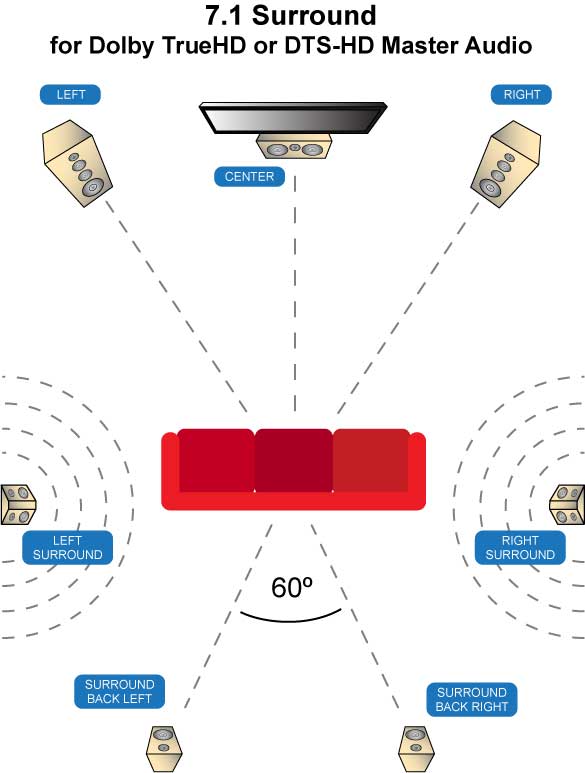





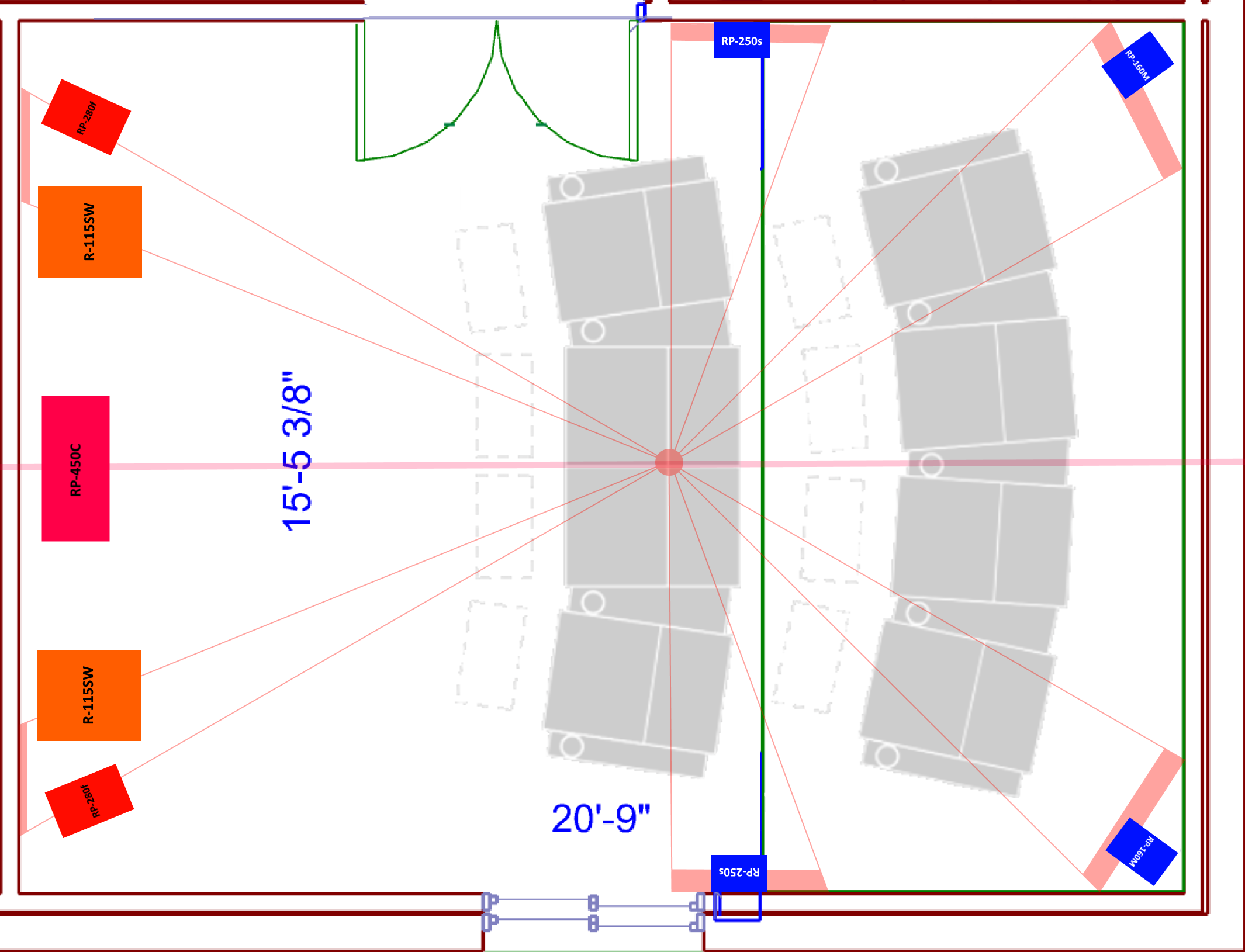

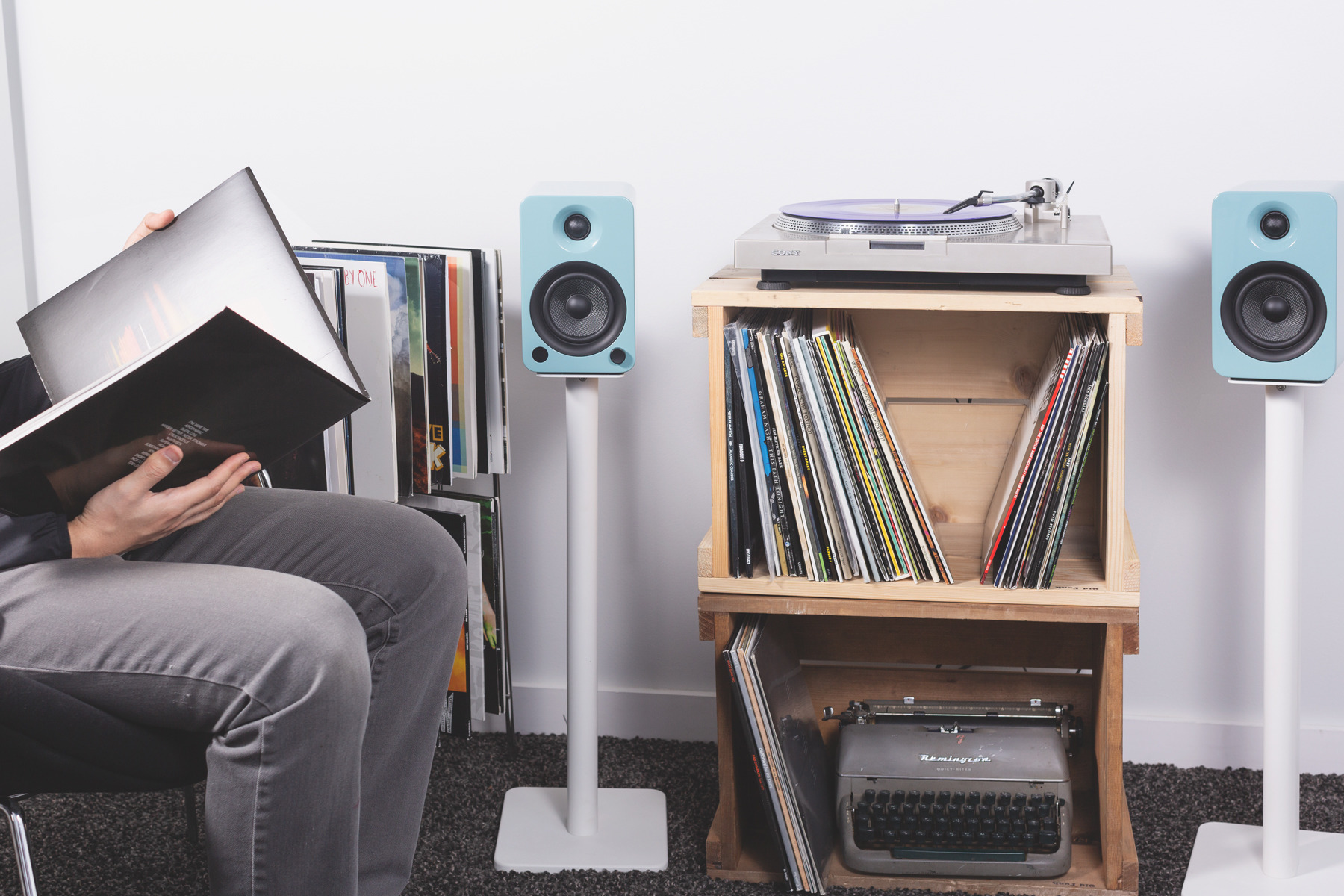
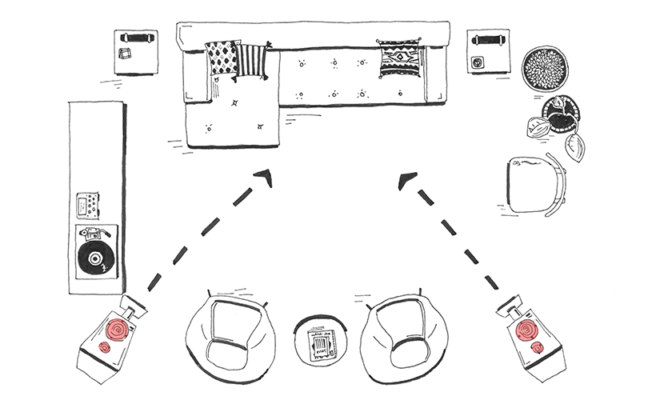
/speaker_placement_dia-5804ee9d3df78cbc2889b855.jpg)
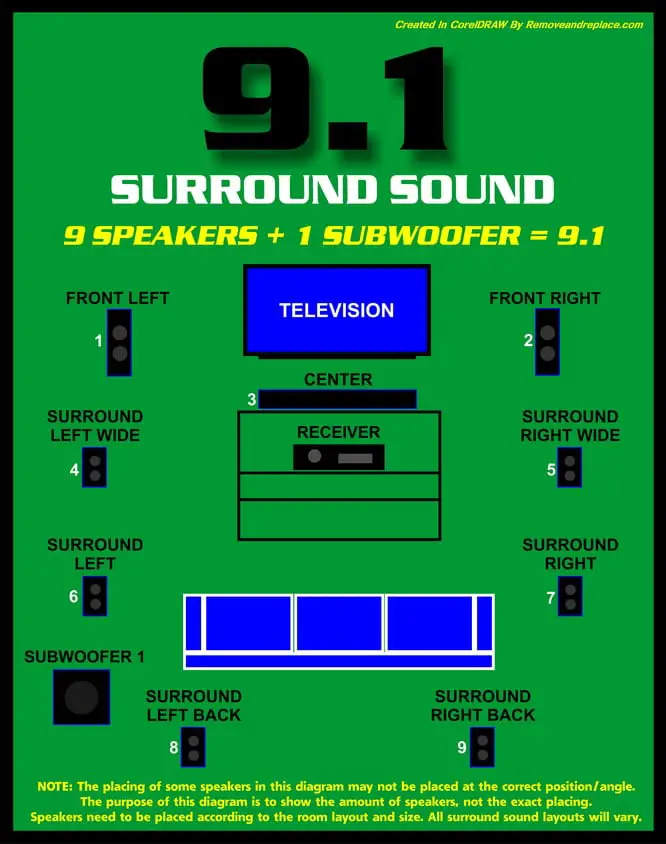
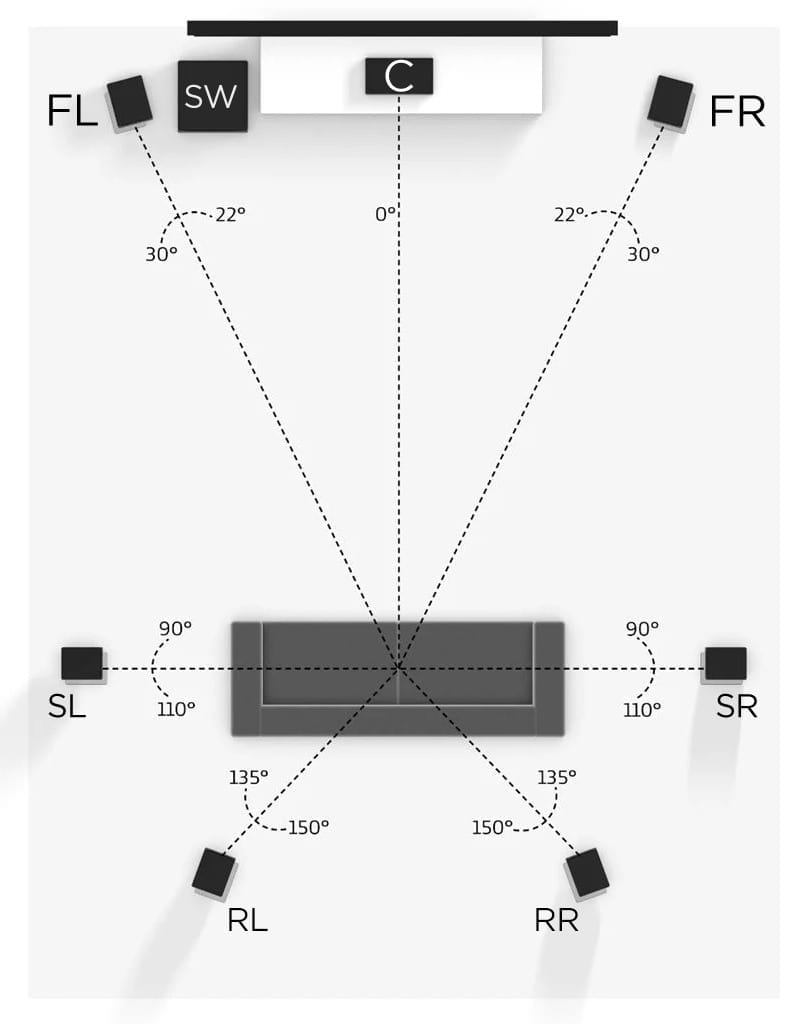

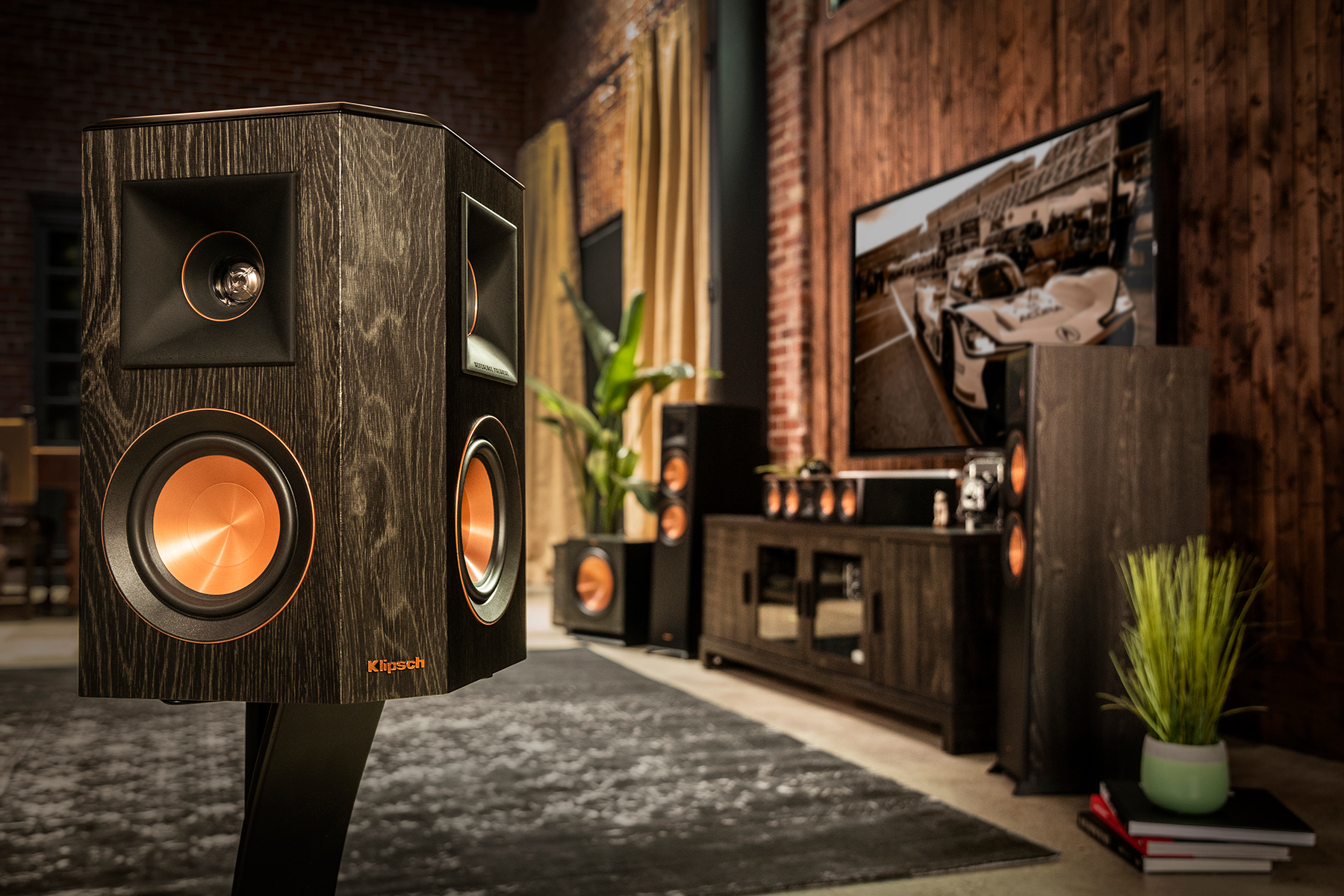
/klipsch-dolby-atmos-speaker-setup-a-56a4b5e65f9b58b7d0d86a68.jpg)
/home-theater-surround-sound-setup-a-585c25c23df78ce2c3549b62.jpg)
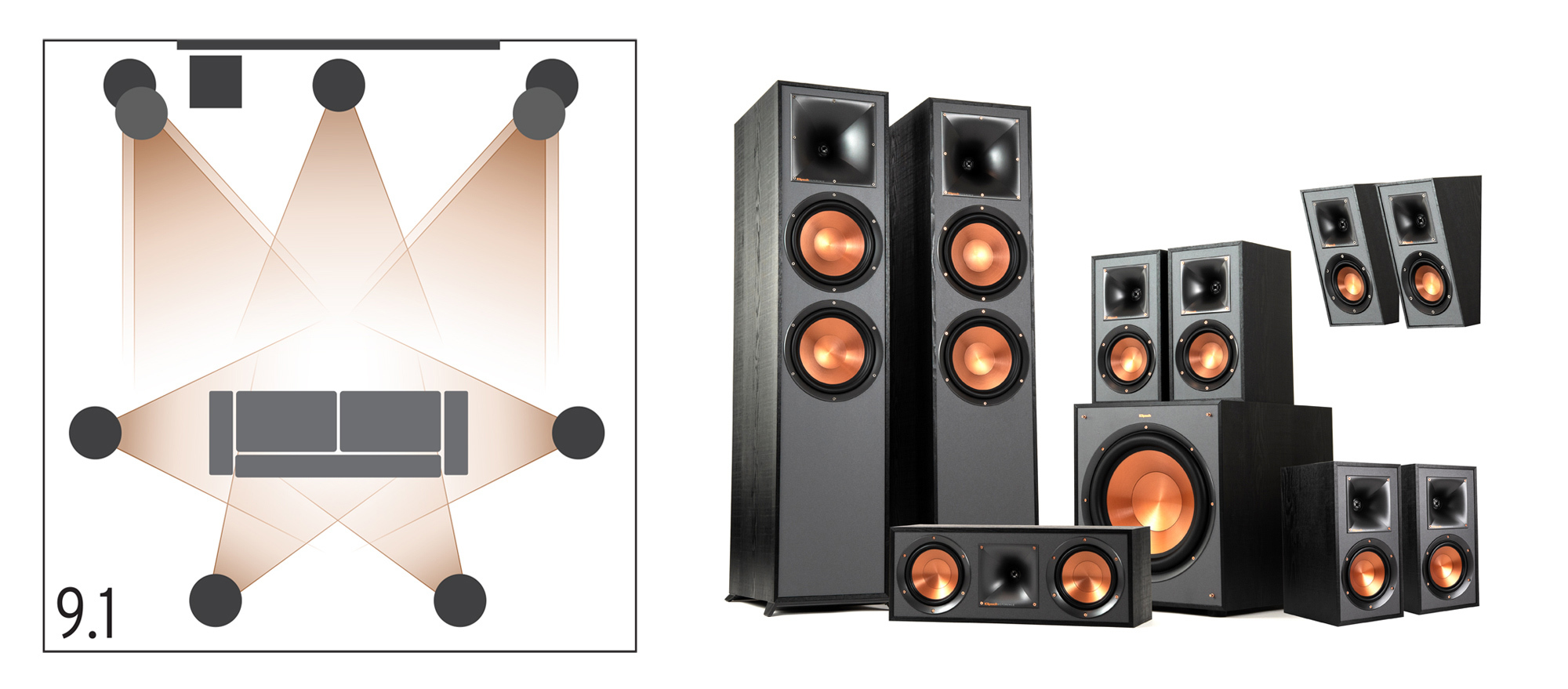
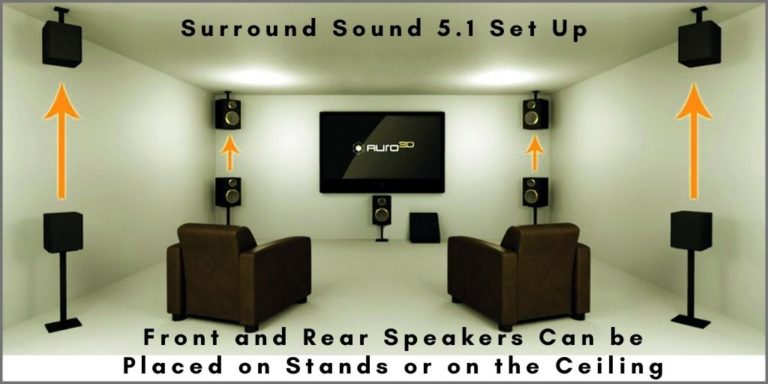
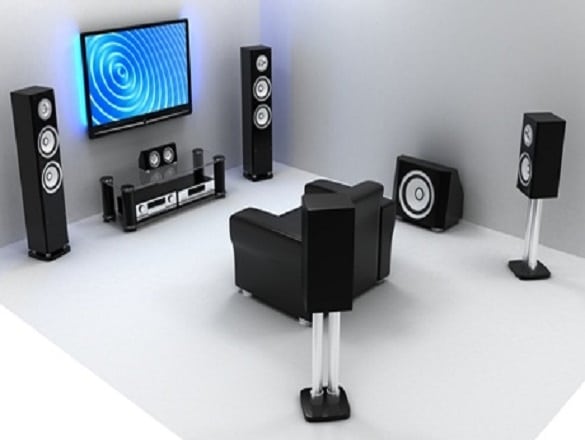

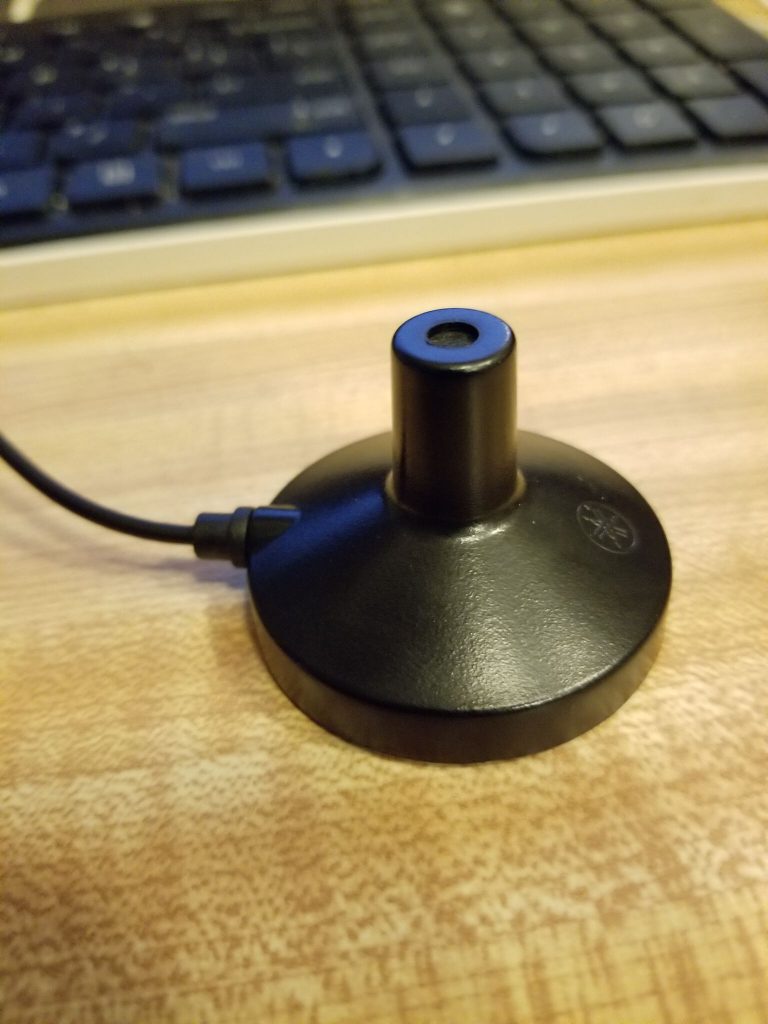














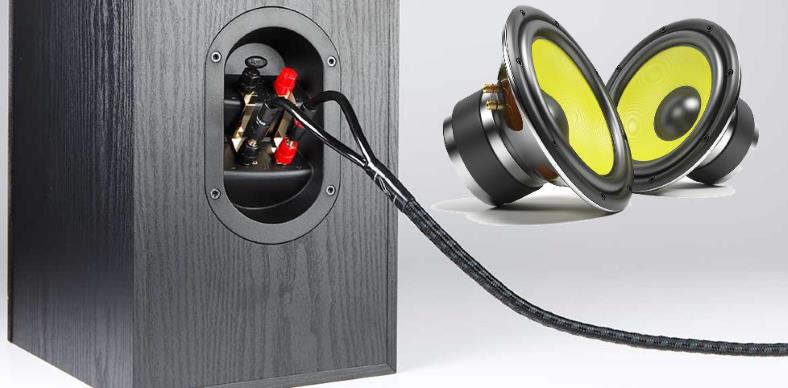


:max_bytes(150000):strip_icc()/connect-speakers-to-receiver-or-amp-3135120-0ebd3c8d2696473cb99bd8df9f4ce4be.png)
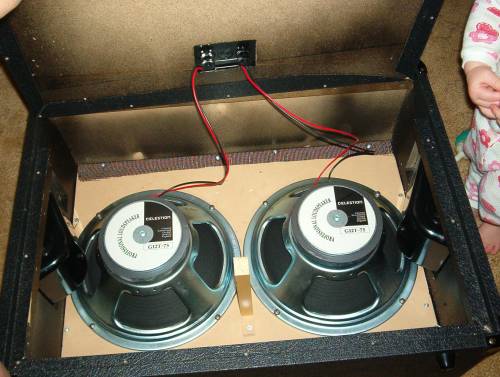

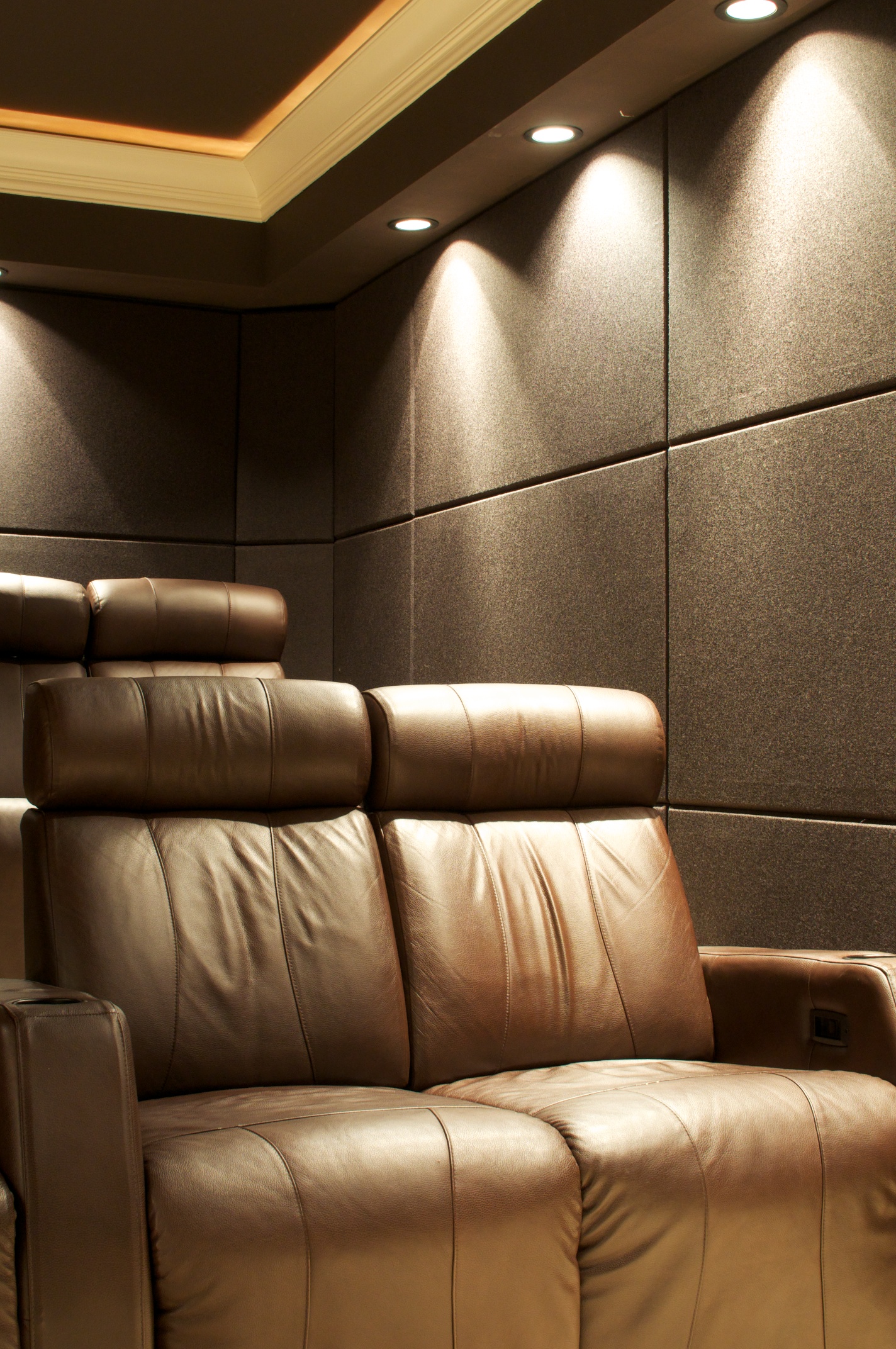





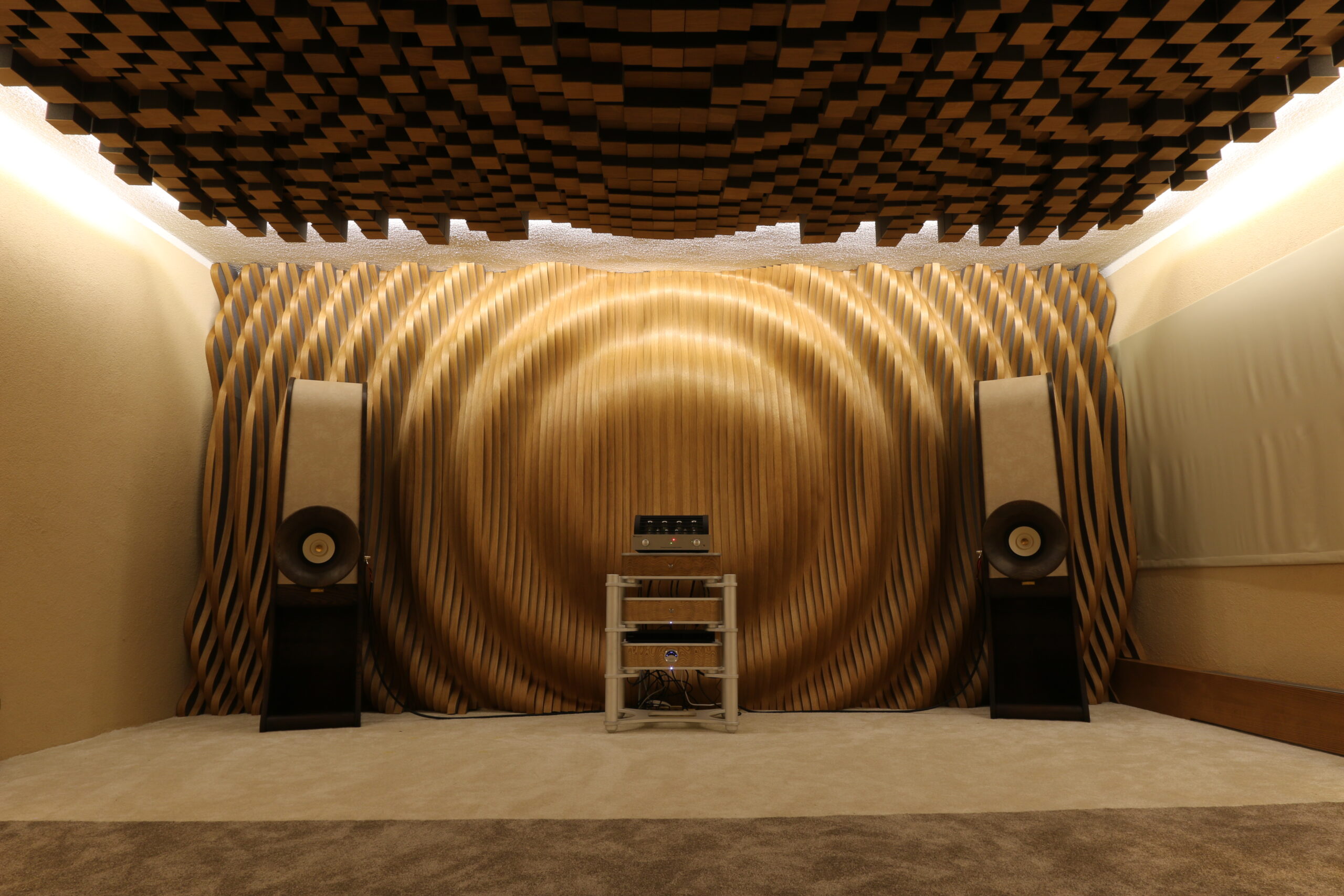


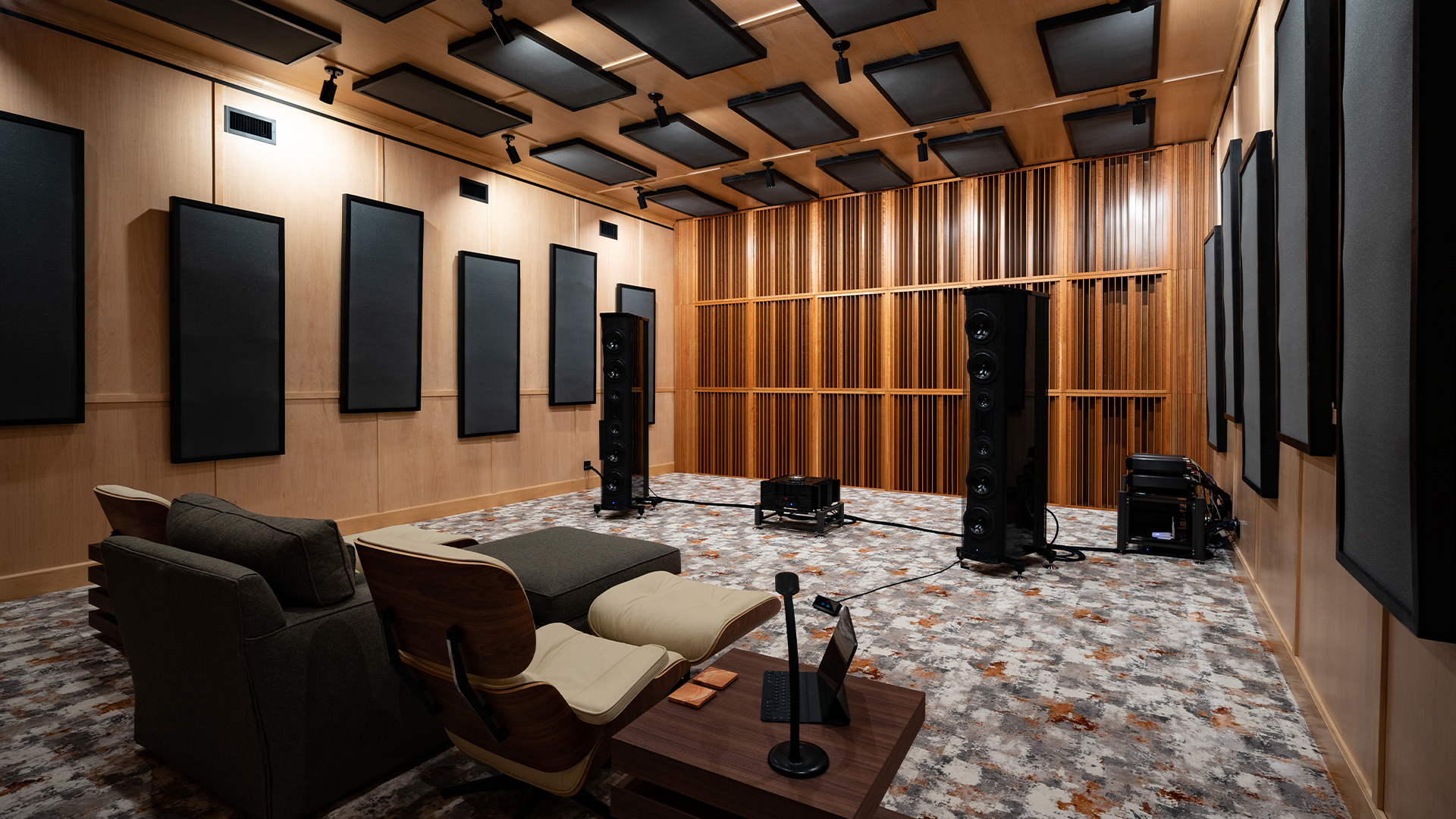
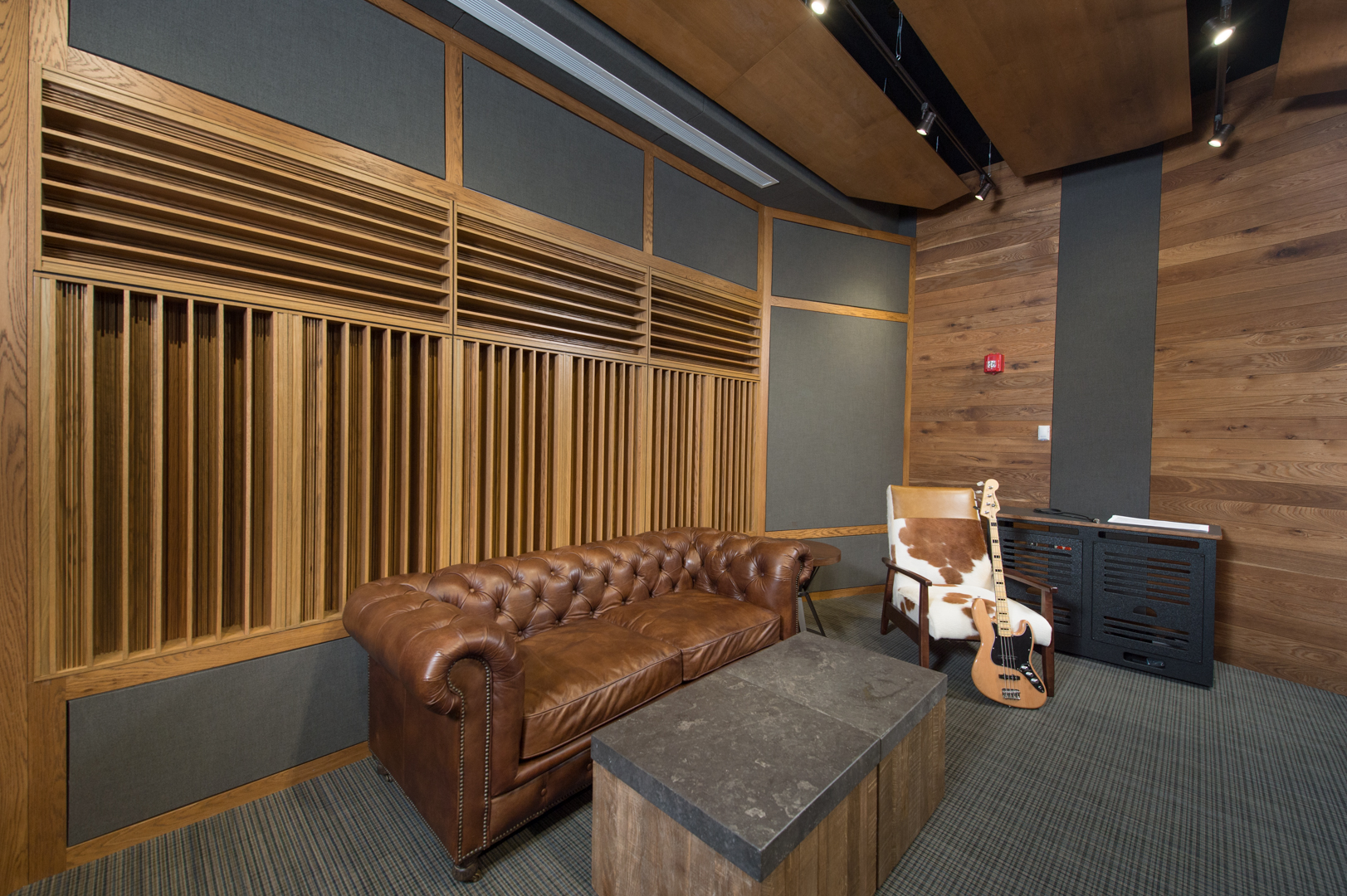




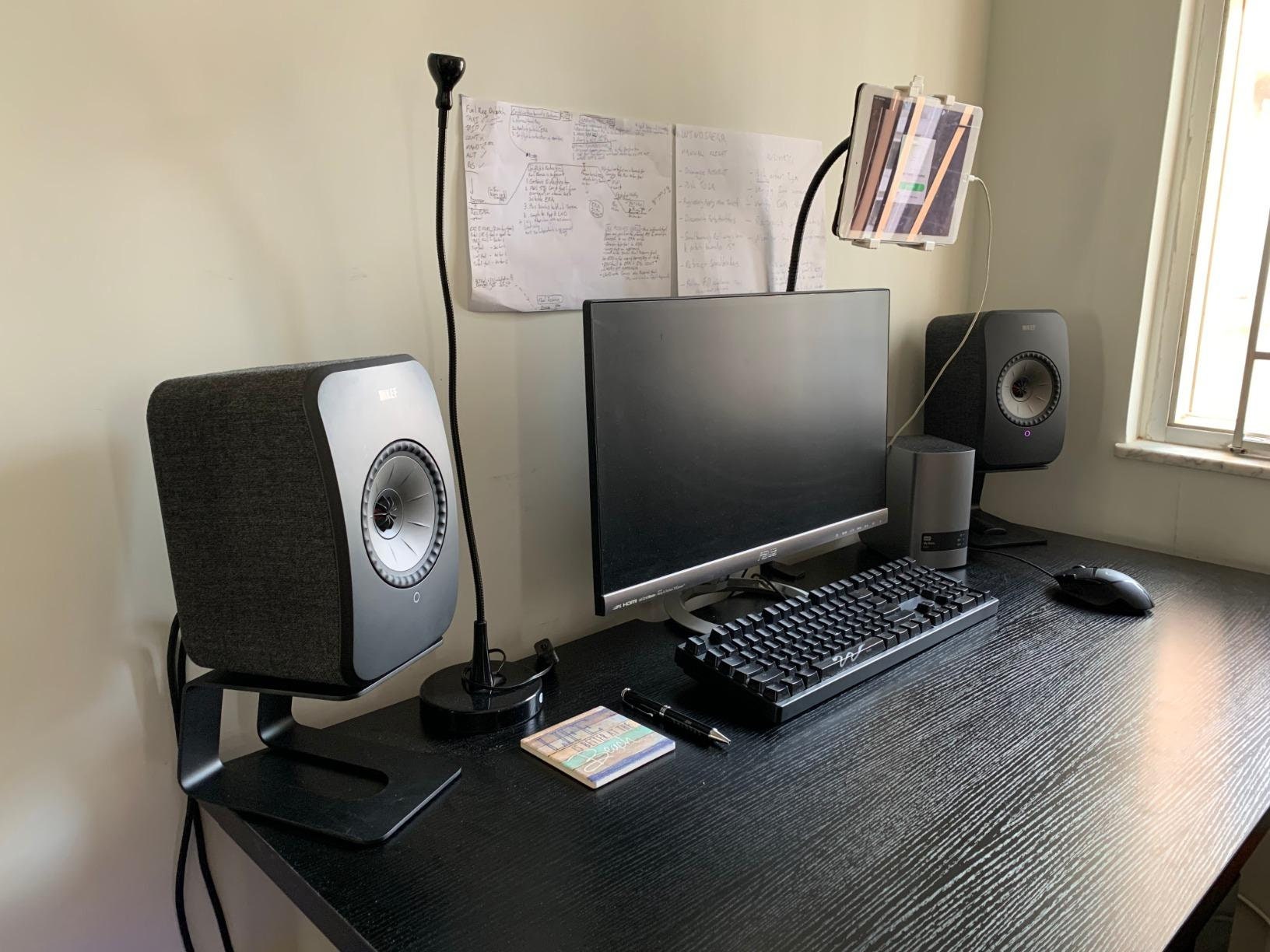
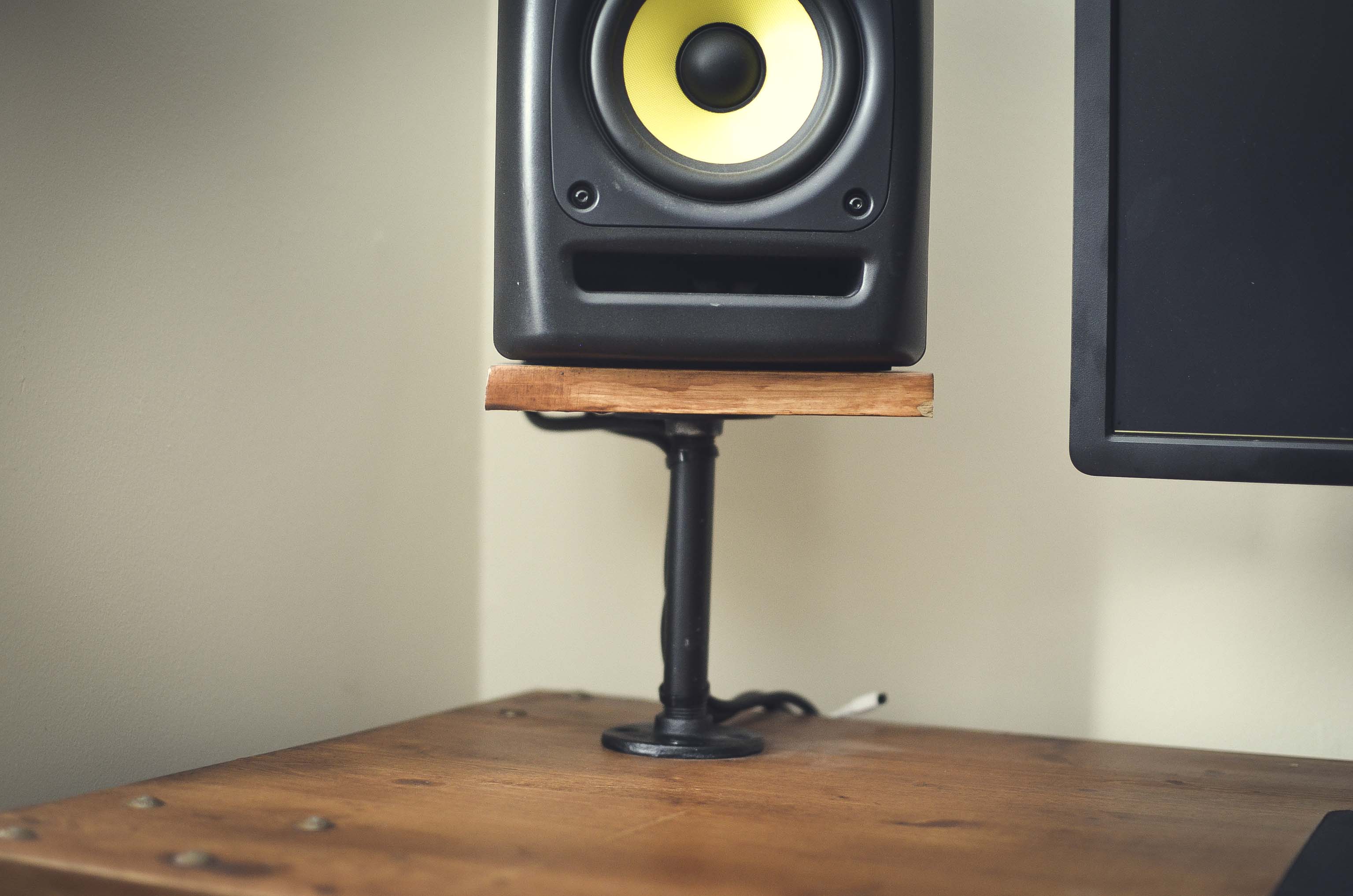

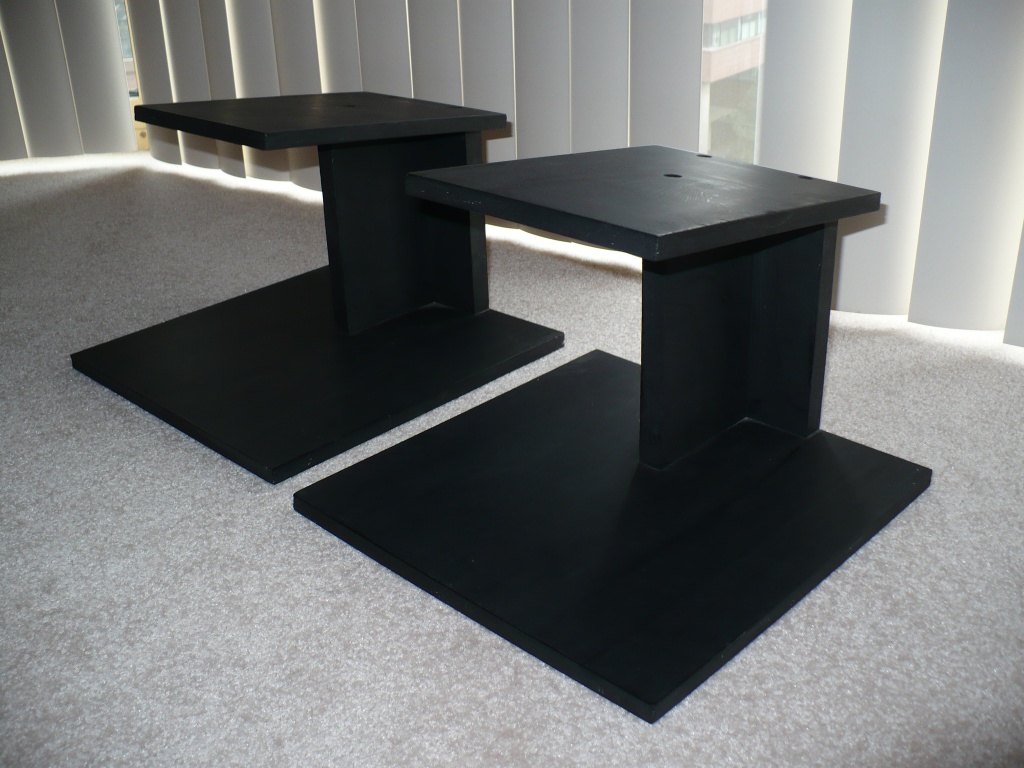

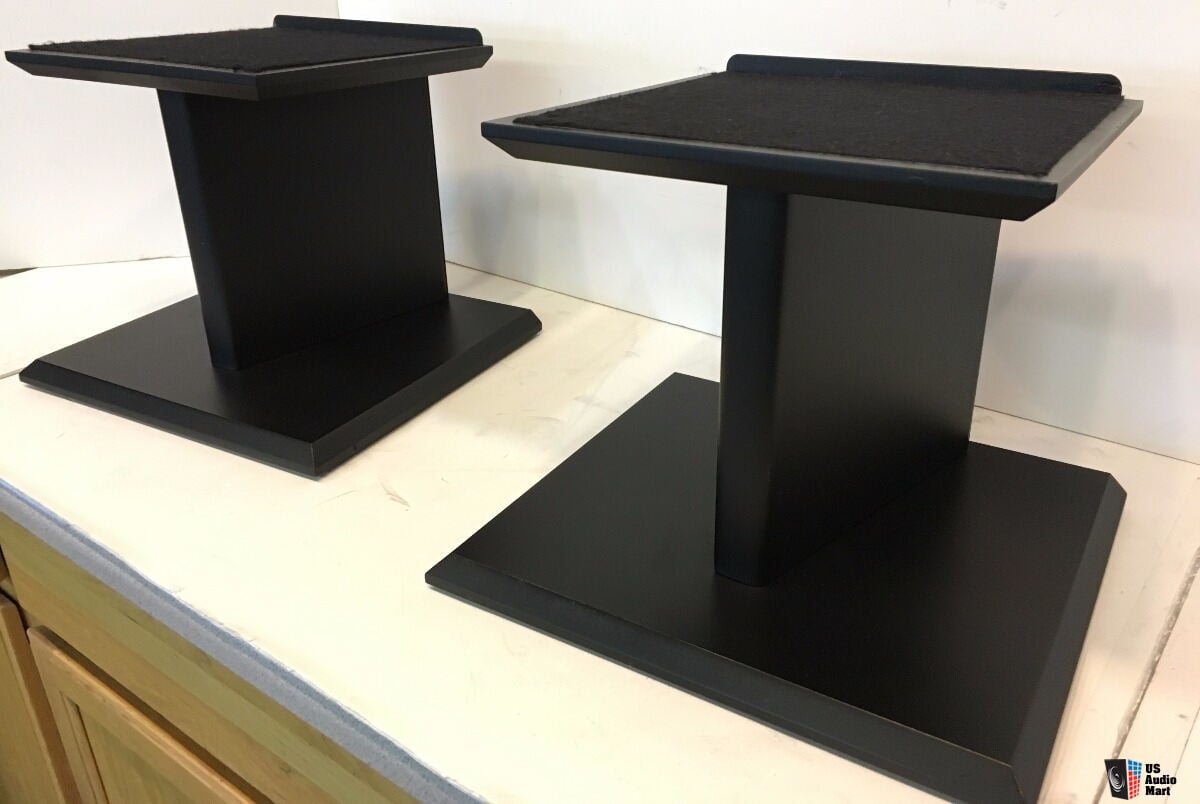
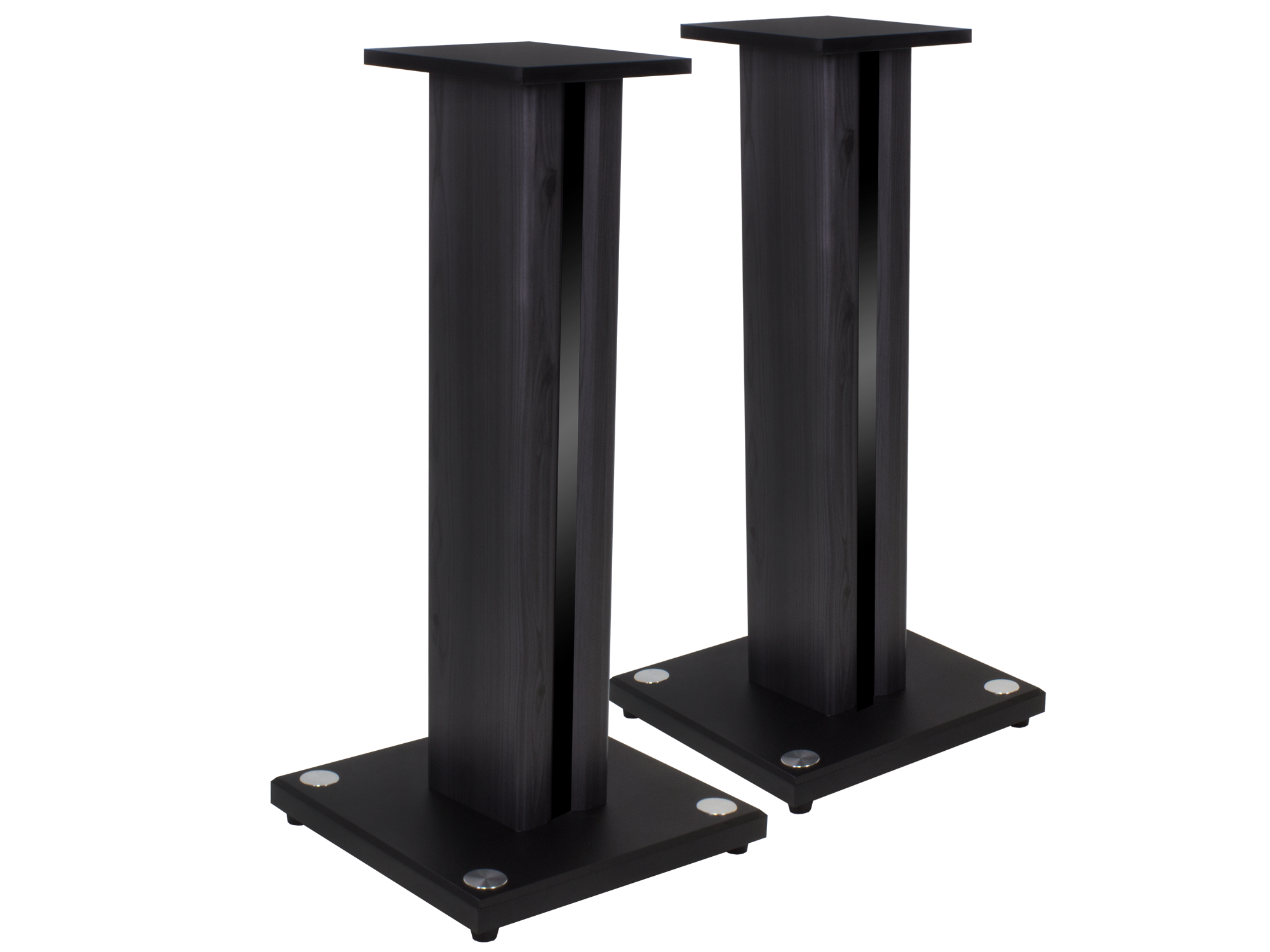








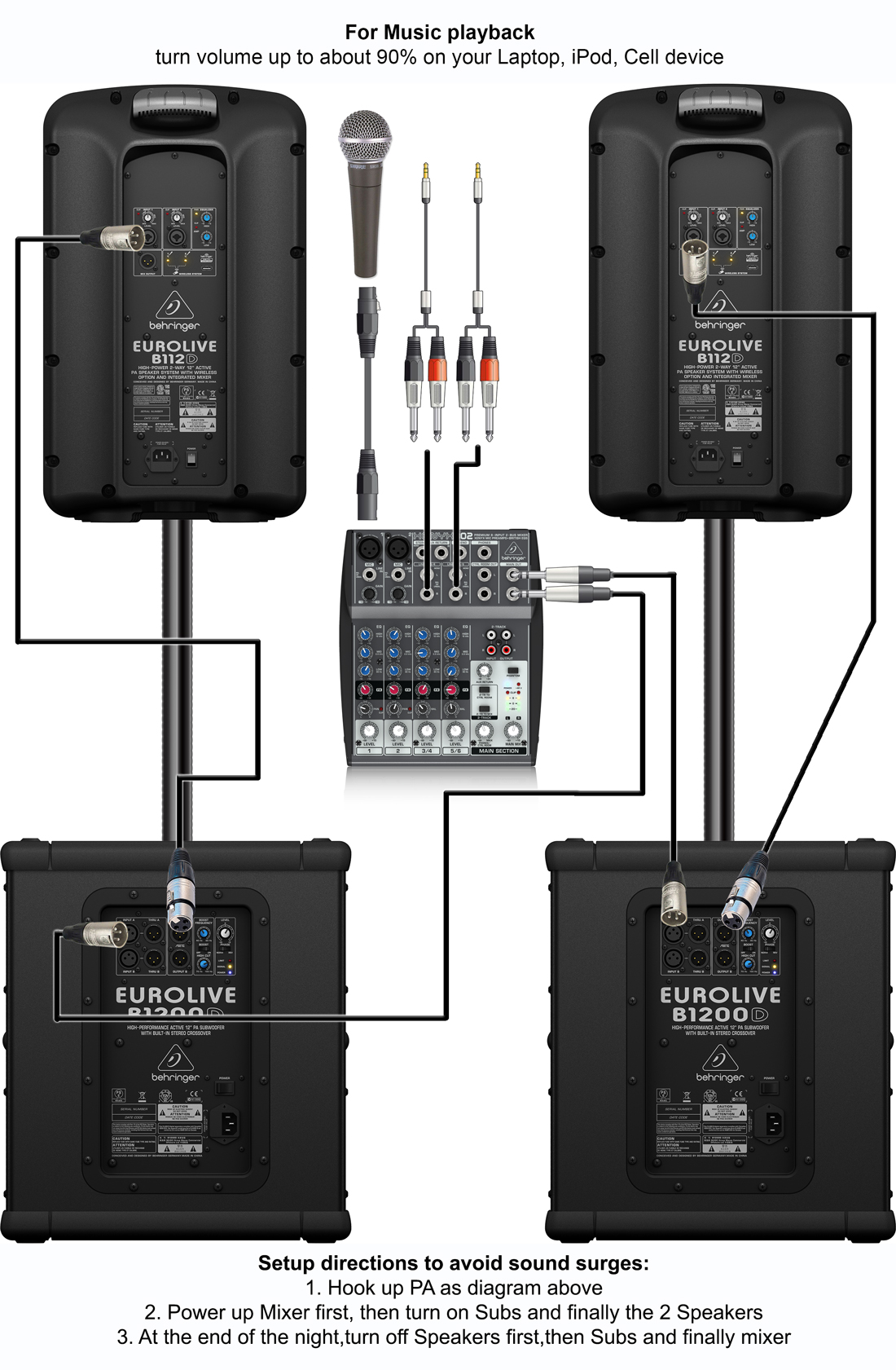

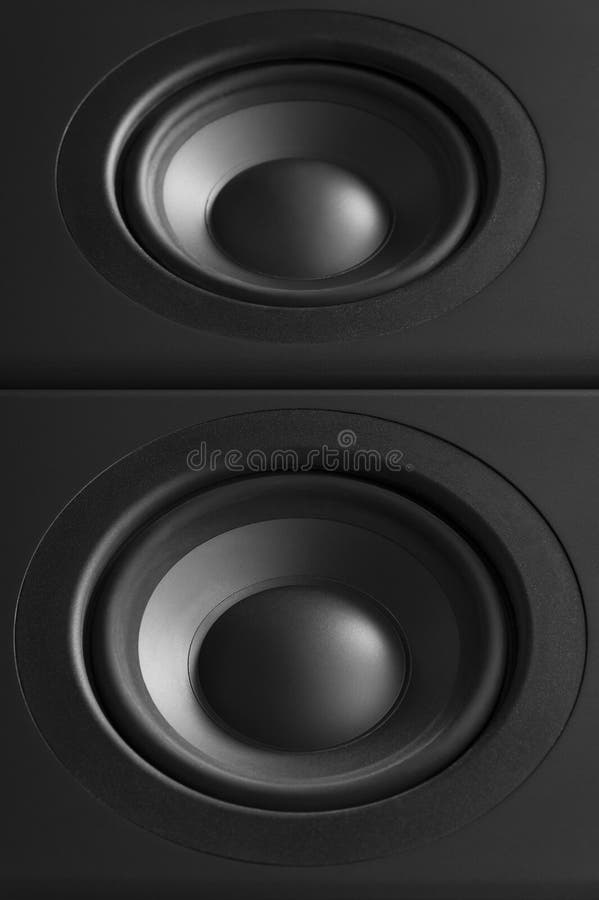
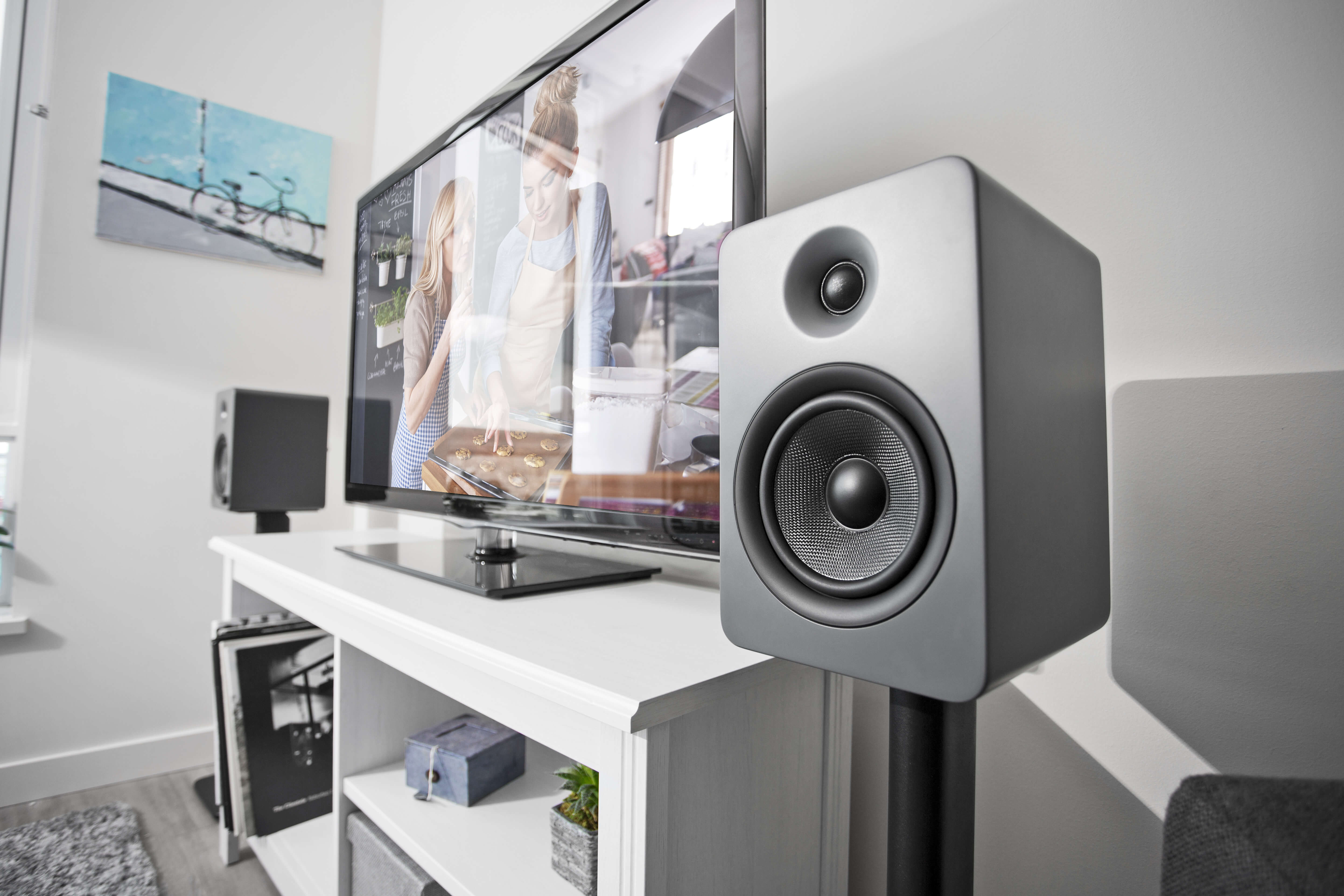
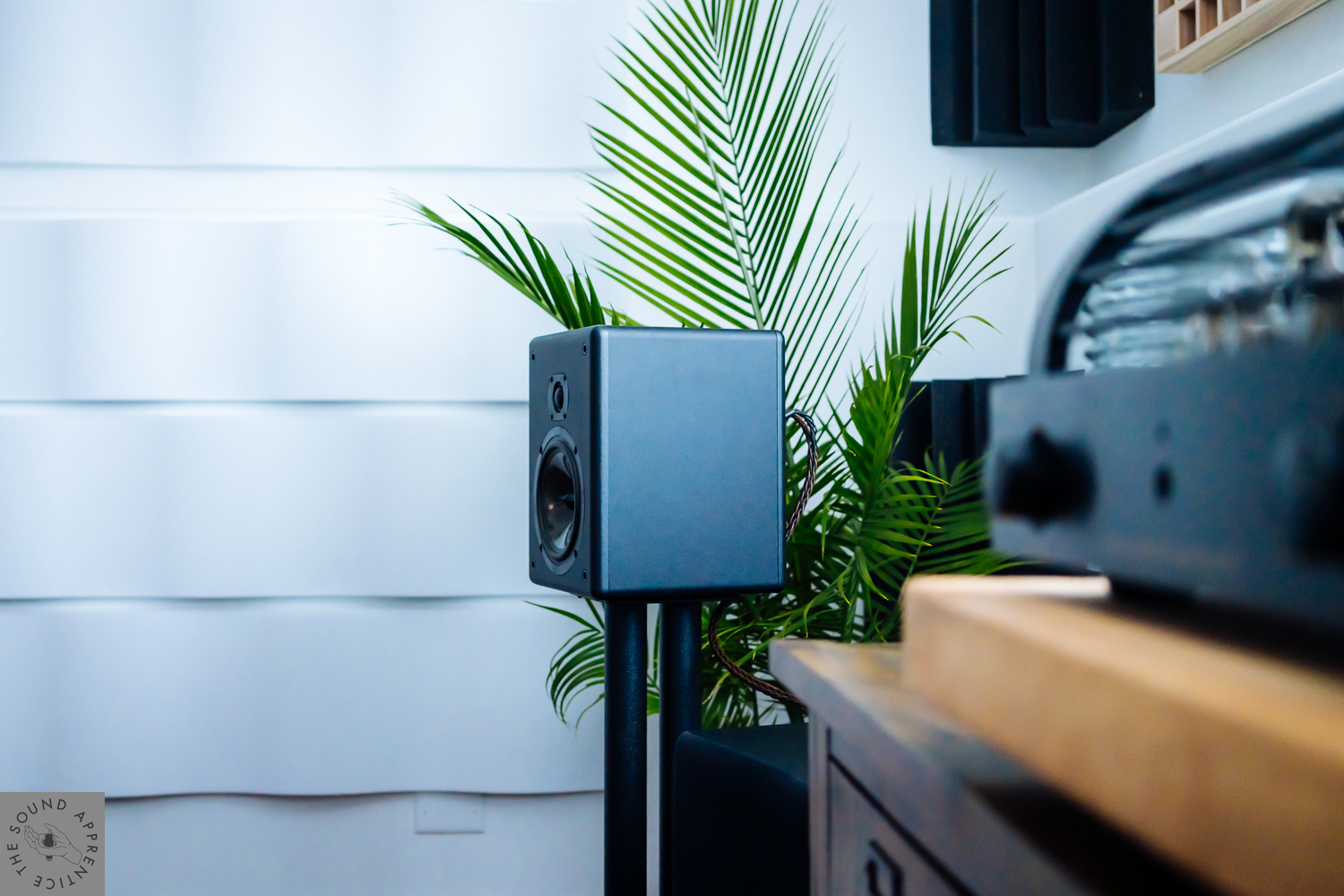





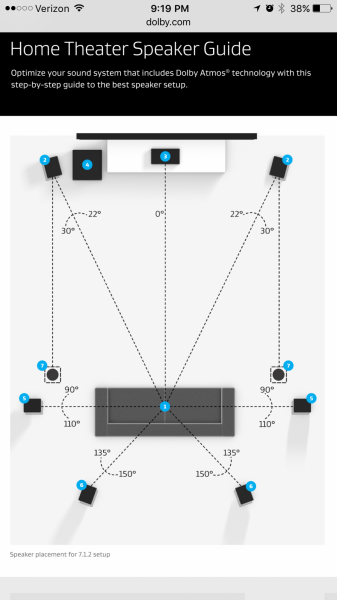
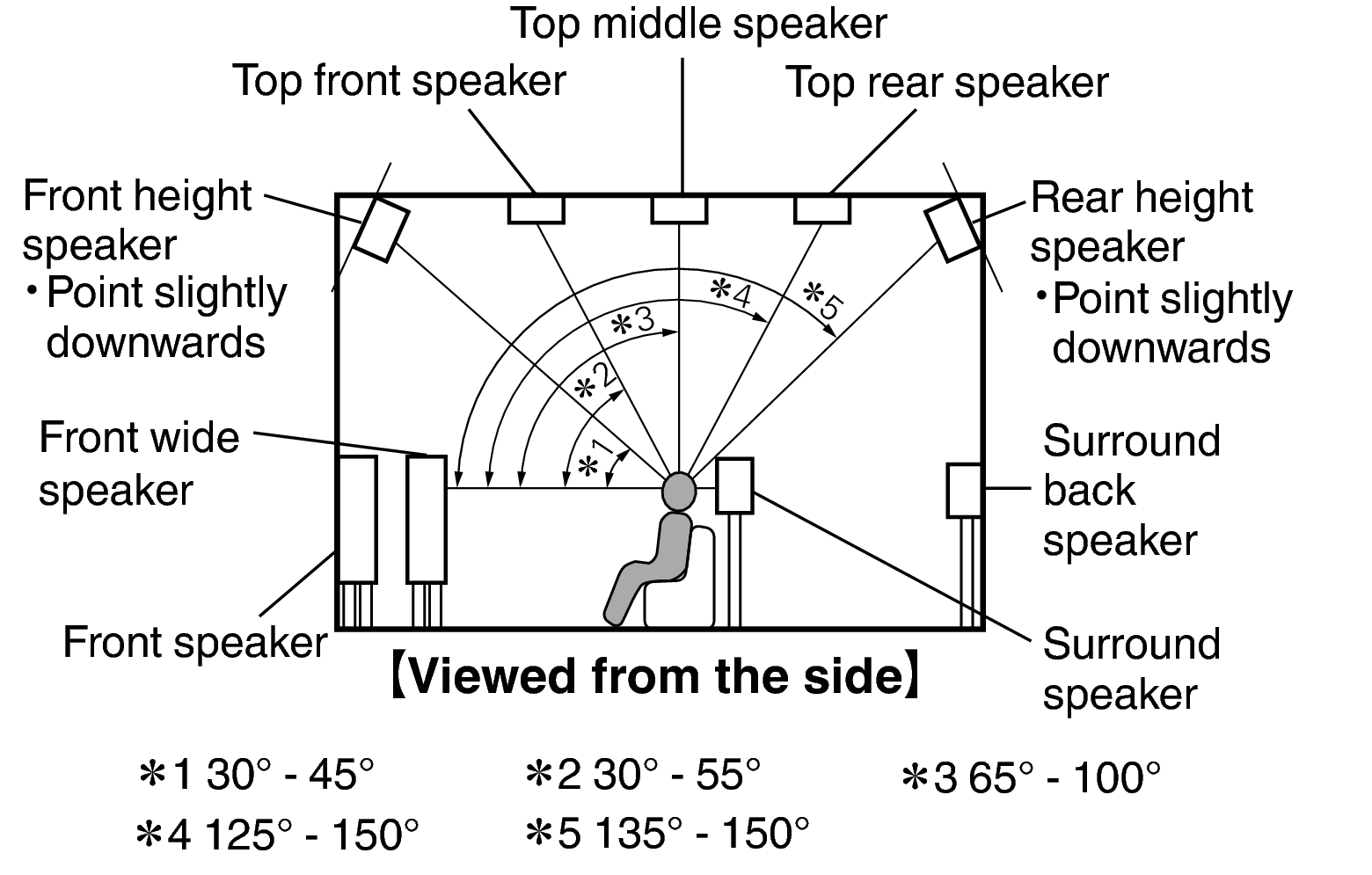

:max_bytes(150000):strip_icc()/speaker_placement_dia-5804eea05f9b5805c2bde0d6.jpg)
